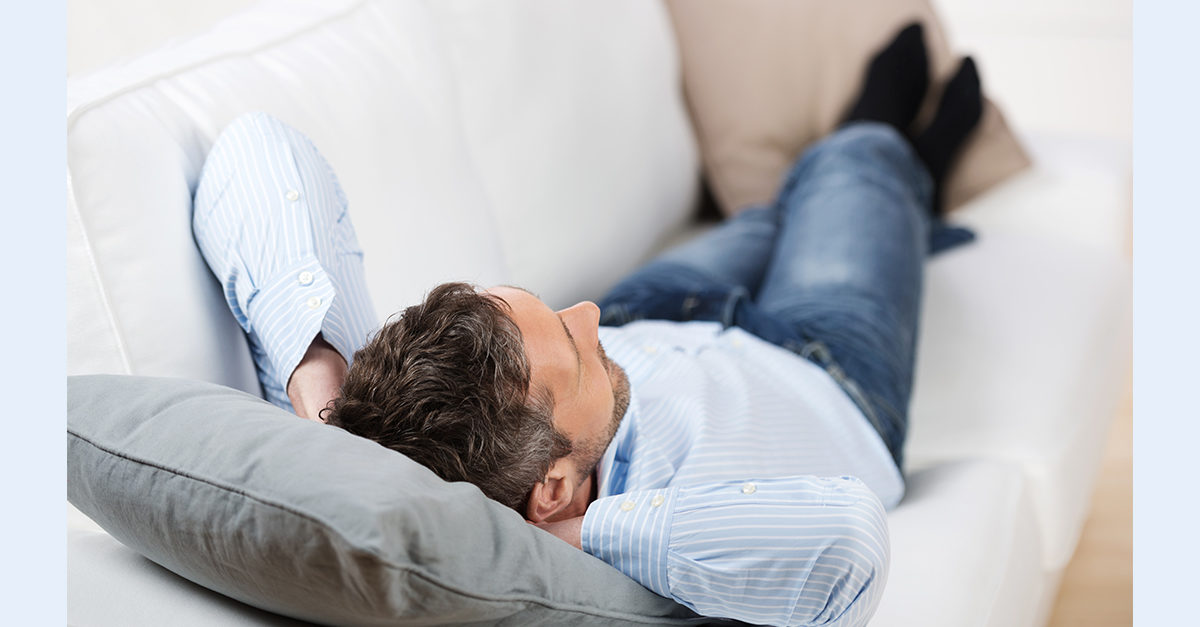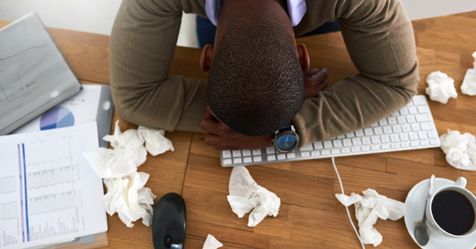Quick! What’s the best way to get covered with indoor germs?
Rolling around a restroom floor may come in mind, but you’d be wrong.
“The best way to get covered in germs is to sit on the couch,” said microbiologist Charles Gerba, a professor at the University of Arizona in Tucson, AZ, during an educational session at the 2017 ISSA/INTERCLEAN® North America Trade Show and ISSA Convention in Las Vegas, NV.
Spread of Modern Day Germs
Although modern technology has led to many advances in combating germs, modern living has led to their quick spread. About 100 years ago many people stayed close to home their entire life, traveling into town once a week for errands, Gerba said. Infectious pathogens stayed local since daily commutes in crowded public buses and trains, as well as vacations to far-flung locations, were uncommon. Most people worked outside in the fresh air and away from others, not in offices where germs spread quickly between cubicles.
Compare these factors to today’s lifestyles, in which people generally clean their homes less, and use cooler water and milder detergents, and it’s understandable why germs are still a force to be reckoned with.
Infection Culprits
According to Gerba, 80 percent of all diseases are transmitted by the environment. “The rest are transmitted through sex and insects,” he said.
In the home and office environment, porous fabric on couches and other upholstered furniture is a breeding ground for bacteria and viruses, Gerba said, recalling a couch from a fire station that was a reservoir of the MRSA virus.
Carpeting is another pathogen hot spot, with 200,000 bacteria per square inch on a typical carpeted floor. In comparison, a typical toilet seat has about 49 bacteria per square inch.
Most people do a good job in the bathroom with cleaning and disinfecting,” said Gerda. “It’s usually safer to make a sandwich on a toilet seat than on a cutting board in the average American home.”
In addition to cutting boards, Gerba listed kitchen sponges, kitchen sinks, bathroom sinks, kitchen floors and bathroom floors as the germiest areas in homes. In offices, the germiest culprits are office phones. “Most people talk dirty all the time and don’t realize it,” he quipped.
Other office areas most in need of cleaning are computer keyboards, door handles and break room surfaces. And in a typical hotel room, the germiest item is the television remote.
Cleaning Solutions
With so many surfaces to clean, it can be confusing to know the best cleaning methods. Gerba recommends using dry steam vapor to kill germs on porous surfaces, such as fabrics. This technology immediately kills pathogens without chemicals and doesn’t require a dwell time.
For hard surfaces, chlorine bleach, hydrogen peroxide, and quaternary ammonium compounds (quats) are the most common disinfectants. Each is an effective disinfectant when used properly. As bleach can be an irritant, Gerba recommended wearing gloves and a mask to avoid irritation.
Hydrogen peroxide will clean most pathogens but is not effective against spores, such as C. difficile. Quats are effective disinfectants commonly used in medical facilities, food service operations and many industrial applications. Gerba advised users to follow directions carefully, as their formulations and dwell times differ.




